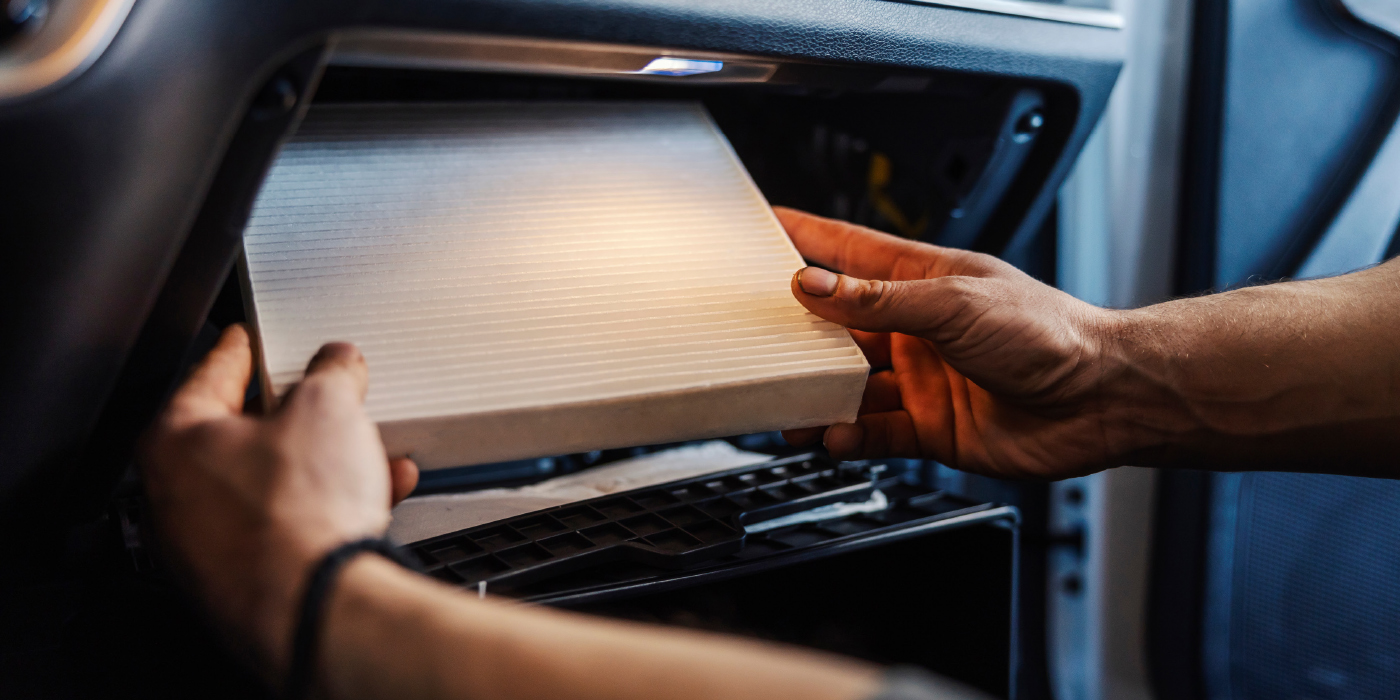CC:
If you talk to an automotive filtration engineer, they will use the word microns repeatedly to describe what a filter can remove from the air. So what is a micron? A single micron is 1/1,000ths of a millimeter or 125,000ths of an inch. A human hair is on average 70 microns in diameter. A cabin air filter is designed to filter our particles that are a lot smaller, but let’s start with the largest particles and work our way down to the smallest.
One of the original names for a cabin air filter we know today was the pollen filter. Pollen is easy to filter these particles range from 10 to 100 microns in diameter. Pollen is an allergen that can cause an allergic reaction in some people. Mold and spores are even smaller. They can range from three to 80 microns in diameter. Like pollen, mold and spores are allergens that cause reaction and just about every person on the planet.
Some cabin air filters can effectively remove mold spores from the air. Bacteria are even smaller than mold spores and pollen. An individual bacteria can range from .5 to 10 microns in size.
As an added layer of protection, some filters include an antimicrobial coating that can prevent the growth of mold and bacteria on the surface of the filter, which is common in the moisture-rich environment of a cabin air filter housing.
How small is a virus? Most viruses can only be seen with a high power microscope. They can range and sign from .005 to .3 microns, but viruses hardly ever fly solo. Instead, most need to be carried in liquid aerosol droplets, typically three microns in diameter. A superior cabin air filter like the Purolator Boss captures and filters the virus aerosols.
While bacteria, mold and viruses might make your skin crawl, it is what comes out of the tailpipe that can be the most damaging to occupant health in the cabin. Vehicle emission particulates range in size from two microns to 10 microns in diameter. Exhaust particulates can cause serious health concerns because they can pass through the nose and throat, and lodge deep into the tissues of the lungs.
Particulates in the exhaust can even aggravate lung diseases such as asthma and bronchitis. A premium cabin air filter can remove a large percentage of the bad stuff in the air. Even the gaseous particles that are .0001 to .0005 microns in size can be absorbed by an activated carbon charcoal layer in the filter.
From a 50 micron piece of pollen to tiny molecules that causes bad odors, a quality cabin air filter can help remove these from the air. When you consider that the average consumer will spend 300 hours a year in their vehicle, something the size of a micron can mean a lot.
When cabin air filters were first introduced in the early ’90s, some were not placed in the most convenient locations today. However, the vast majority of cabin air filters are located behind the glove box, providing easy access and quick replacement, and replacing cabin air filters can provide extraordinary benefits to your customers.
This video is sponsored by Purolator.













